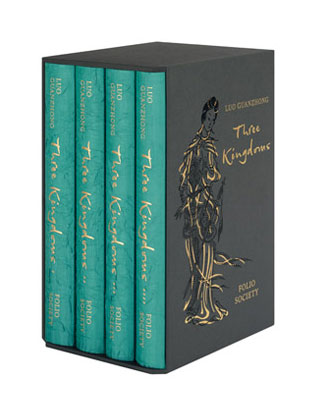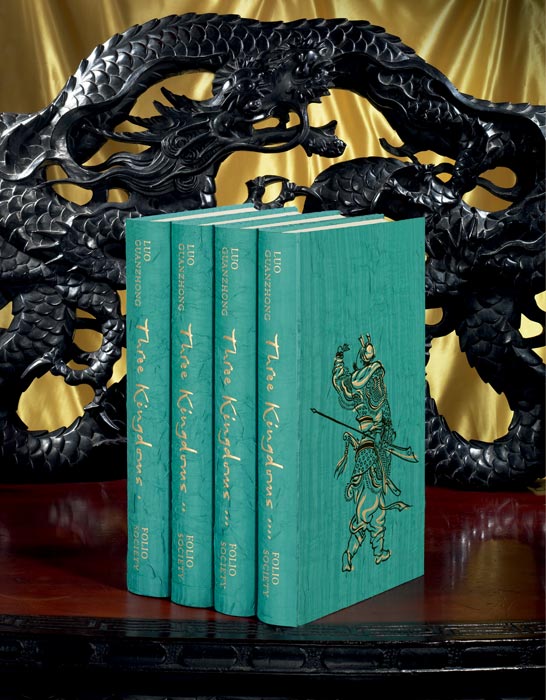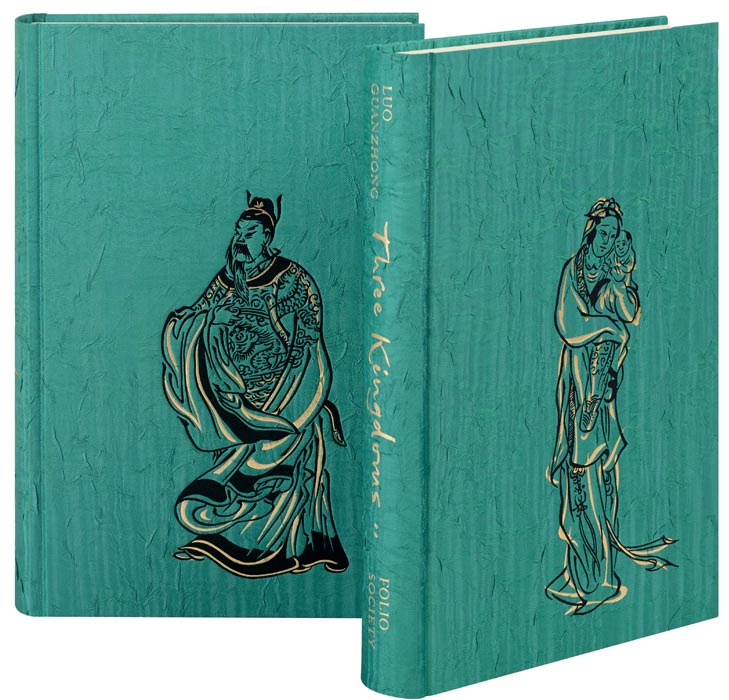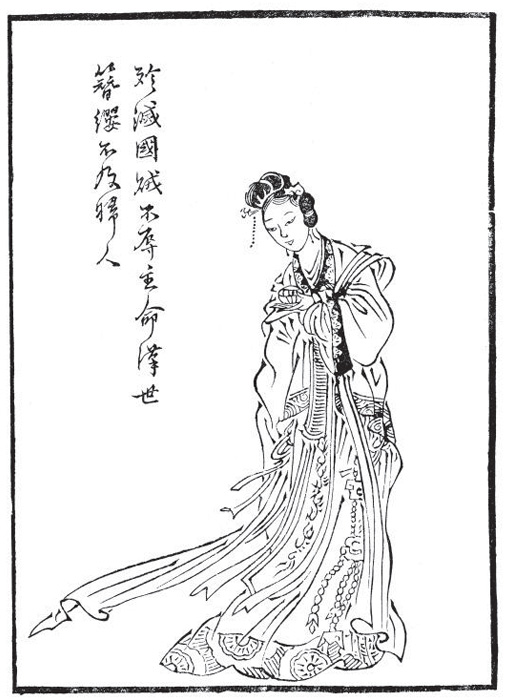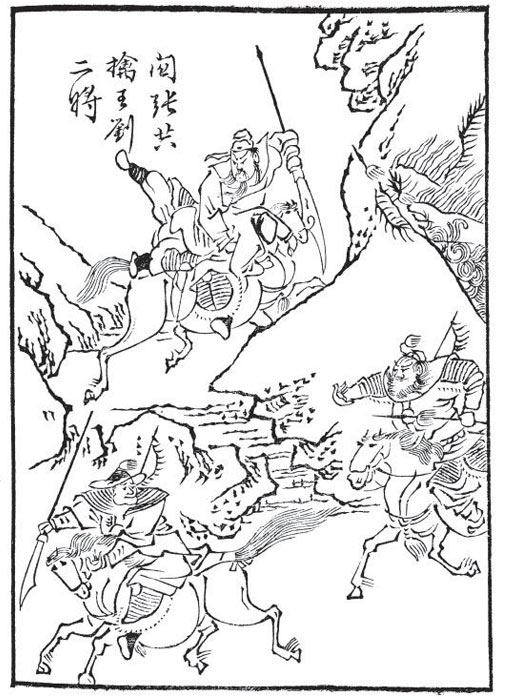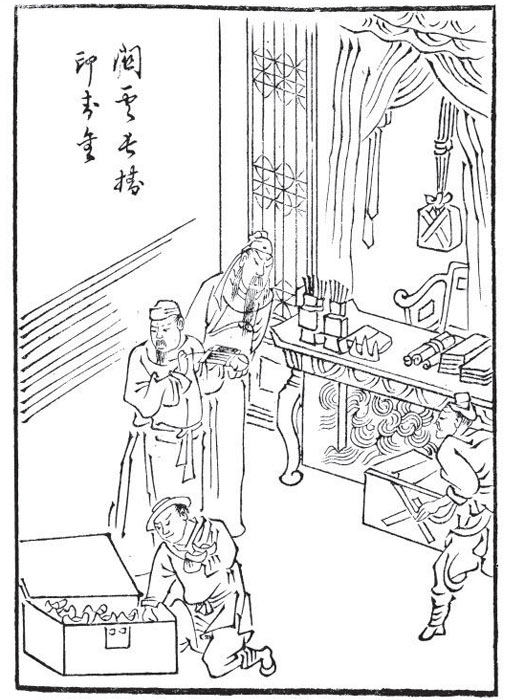From the publisher:
One of the great classics of East Asian literature – part novel, part epic history – Luo’s epic account of this bloody, internecine period of Chinese history remains one of the country’s best loved stories.
In Chinese culture, the era of the Three Kingdoms (AD 168–280) has achieved the status of legend. Retold in novels, celebrated in operas and echoed in modern media, from television to video games, it permeates Chinese consciousness like no other. It was an era of chaos, of conflicts so bloody that the country’s population fell by almost 50 million. But it was also a time of ideological change, with the rise of Buddhist ideals and Taoist principles that rejected the tumult and violence of the warring dynasties. And it produced the country’s first professional painters, such as Cao Buxing, often called ‘the father of Buddhist painting’. It is from this rich strand of history that Luo Guanzhong’s Three Kingdoms emerged.
Written in the 14th century, this remarkable novel is one of the great classics of Chinese literature. It is among the most beloved works of literature in East Asia, with an influence in China comparable to that of Shakespeare in the British Isles. While attributed to Guanzhong, it is as much the product of 11 centuries of oral tradition as the fruit of one author’s labour, encompassing and cementing the quasi-mythical status of the era. Introducing this edition, Chinese author-in-exile Ma Jian describes Three Kingdoms as 70 per cent history and 30 per cent fiction.
With an intricate plot and almost 1,000 dramatic characters, it is a vast work, consisting of 734,321 Chinese characters. The story is one of ferocious battles, revolts and raids – of vengeance, murder and power struggles wrought as three powers fight for the rule of a divided land.
But this is not only the history of an embattled era; it is also an exploration of human behaviour, morality and the cyclical nature of Chinese civilisation. It reflects Confucian ethics, which confer on all relationships a set of roles and obligations. Respect for parents, loyalty to government and mindfulness of one’s place in society are paramount.
Encircling these values are the ideas of humaneness, kindness and love. As Ma Jian writes, while the novel has been used by some as a manual of war, its overriding message is ‘surely that leaders and oppressors who violate the moral codes of loyalty and benevolence sow the seeds of their own destruction’. Characters who use guile over force – such as Zhuge Liang, who bluffs his enemy into retreat by posing as a simple lute player perched on the battlements of his besieged city – are to be admired above those who rely on violence. Arguably the most widely read historical novel in late imperial and modern China, this extraordinary work is essential reading for anyone who seeks to understand Chinese civilisation.
This edition features 280 integrated woodcuts from a 19th-century edition, sourced with the kind assistance of Frances Wood, Curator of Chinese Collections at the British Library. They were probably created in the workshops that thrived throughout the Qing dynasty (1644 to 1911), when the visual arts were prized as a means of reaffirming social values. There are 240 dramatic scenes and 40 character portraits. The books are bound in shimmering cloth, blocked with four key figures redrawn by Neil Gower: Liu Bei (Xuande), Lady Mi, Zuo Ci and Deng Ai. Lady Sun, the daughter of a warlord and third wife of Liu Bei, appears on the slipcase.
Though long, this epic story plays out with tremendous momentum. Moss Roberts’s immensely readable translation – widely acknowledged as the best available – captures the emphatic, conversational tone of the original, which was written in a mixture of classical and vernacular Chinese.

